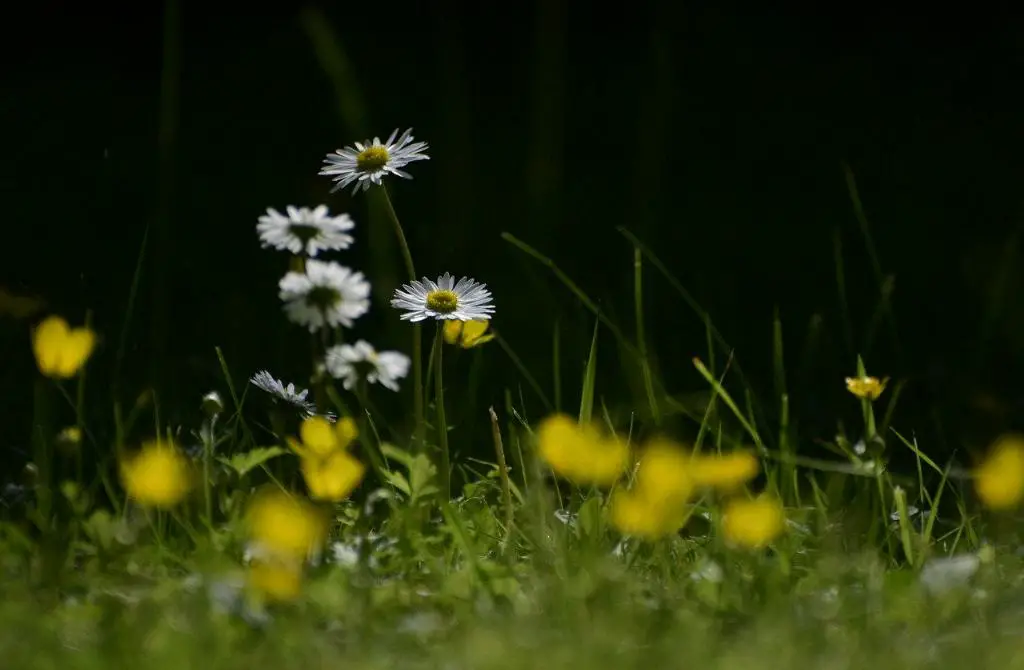Whether you’re a seasoned gardener or just starting out, dealing with grub damage in your lawn can be a frustrating experience. Grubs are the larvae of various beetles, such as Japanese beetles, which feed on grassroots, causing significant damage to your lawn’s health and appearance. One of the most common questions that homeowners face when dealing with grub infestations is whether their damaged lawn will grow back.
Factors to Consider
When assessing the extent of damage caused by grubs, it’s important to consider several factors that can influence the grass’s ability to recover. The type of grass, the severity of the infestation, and the time of year can all play a crucial role in determining whether your lawn will regrow on its own.
Extent of Damage
If your lawn has suffered extensive damage from grubs, with large patches of dead or dying grass, it may be challenging for it to grow back naturally. In such cases, you may need to take proactive steps to revive your lawn, such as overseeding or re-sodding the affected areas.
Type of Grass
The type of grass in your lawn can also impact its ability to recover from grub damage. Some grass varieties are more resilient and can bounce back quickly, while others may struggle to regrow, requiring more intensive care and maintenance.
Treatment Options
There are various treatment options available to address grub infestations and promote the regrowth of your lawn. Applying insecticides, using natural predators like nematodes, and maintaining proper lawn care practices can all help restore your grass to its former lushness.
Timing Is Key
Timing is crucial when it comes to dealing with grub damage. Identifying the issue early on and taking swift action can enhance the chances of your lawn recovering successfully. Waiting too long to address the problem may reduce the likelihood of regrowth.
Professional Assistance
If you’re unsure about how to proceed or if the damage to your lawn is severe, seeking the help of a professional lawn care service can provide you with expert guidance and tailored solutions to revive your grass effectively.
Preventive Measures
Implementing preventive measures, such as regular lawn inspections, proper irrigation, and avoiding over-fertilization, can help reduce the risk of future grub infestations and safeguard the health of your grass in the long run.
Patiently Waiting
While it may be disheartening to see your lawn affected by grub damage, it’s essential to be patient and allow time for the grass to regrow naturally. With consistent care and attention, your lawn can bounce back and thrive once again.
Conclusion
In conclusion, the ability of a grub-damaged lawn to grow back largely depends on the extent of the damage, the type of grass, and the preventive and treatment measures taken. By understanding these factors and implementing appropriate strategies, you can increase the chances of your lawn recovering and flourishing in the future.

